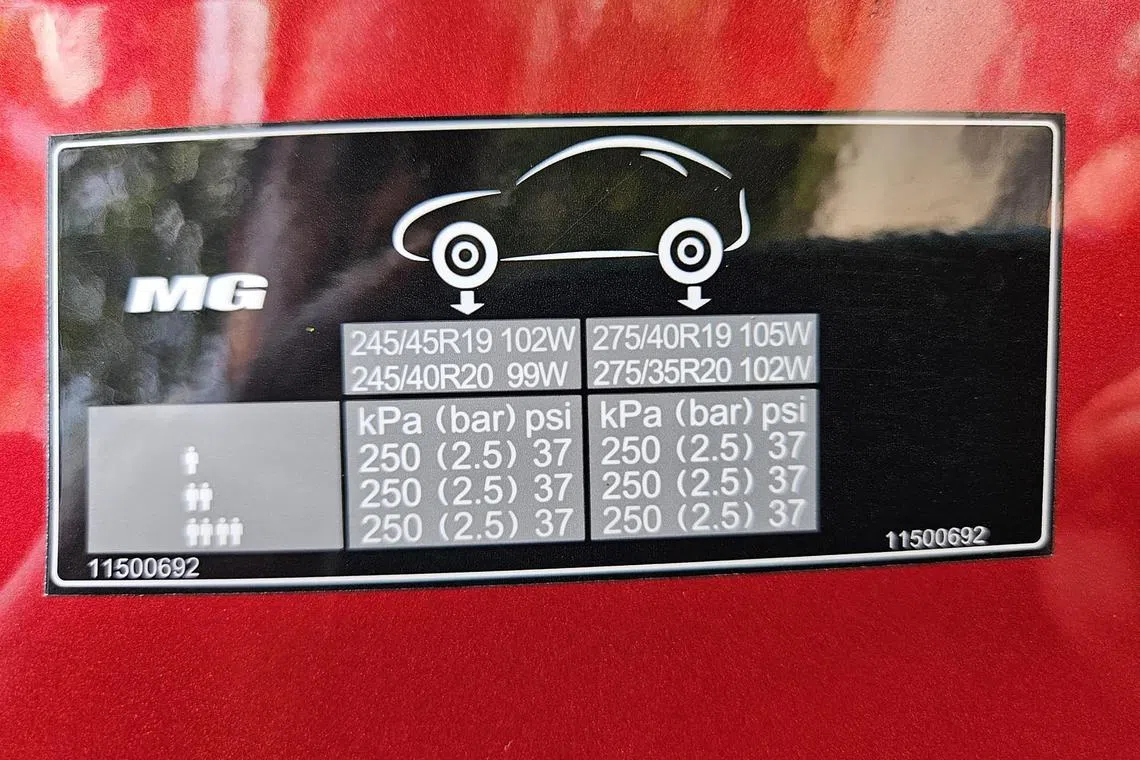Torque Shop: Using wider than standard tyres may compromise car’s performance
Sign up now: Get ST's newsletters delivered to your inbox

Choice: Manufacturers usually do not list alternative tyre sizes for a given wheel size.
PHOTO: SHREEJIT CHANGAROTH
Shreejit Changaroth
Follow topic:
Can I change my tyres to a different size from the original, and will this make a difference to my car’s handling performance?
Car manufacturers typically recommend the correct tyre sizes for alternative wheel diameters, but not different tyre sizes for the same wheel diameter.
Other than the wheel diameter, there are two numbers on a tyre size that need to be kept within the manufacturer’s specifications – the width and profile.
For example, a tyre size of 225/45-18 means that it will fit an 18-inch wheel and has a width of 225mm. The thickness of the rubber wall around the wheel rim is 45 per cent of the tyre’s width.
The critical parameter is the tyre’s overall diameter. It may not be intuitively obvious, but a different overall diameter effectively changes the drive gearing of the car. This affects the vehicle’s acceleration and the engine’s revs at different road speeds.
A smaller overall diameter will result in slightly improved acceleration. At any given road speed, the engine revs will be higher than if the car was using original tyre specifications. Using a larger diameter tyre than standard will have the opposite effect.
At the same time, speedometer readings will no longer be accurate. To cover a fixed distance, a smaller diameter needs more rotations compared with a larger wheel and vice versa.
In theory, it is possible to achieve the desired diameter using a different tyre width.
For a tyre size of 225/45-18 mentioned in the example above, a simple calculation will show that tyre sizes of 205/50-18 and 255/40-18 will maintain the overall diameter within 0.5 per cent of the original.
In practice, wheel rim width is a limitation, as these two sizes will likely be too narrow or too wide to fit safely. Using undersized or oversized tyres significantly diminishes cornering, braking and wet road performance.
In conclusion, any tyre’s performance is optimum when it fits the manufacturer’s recommended tyre size.

